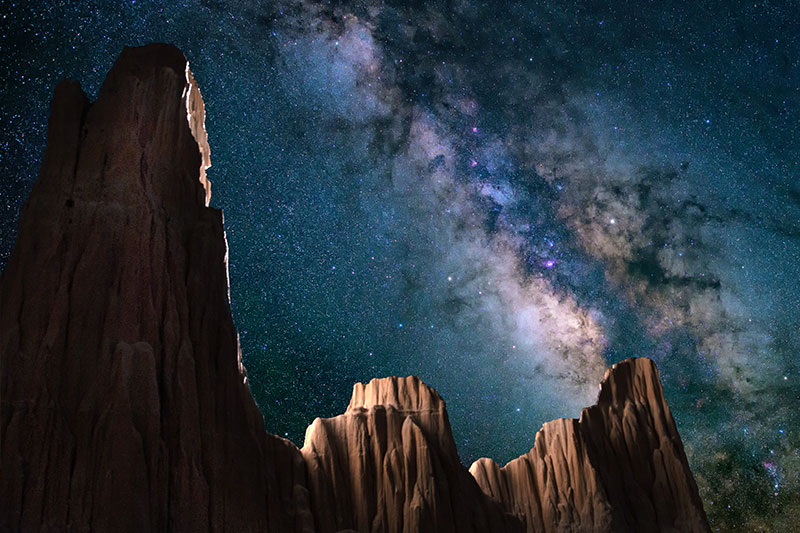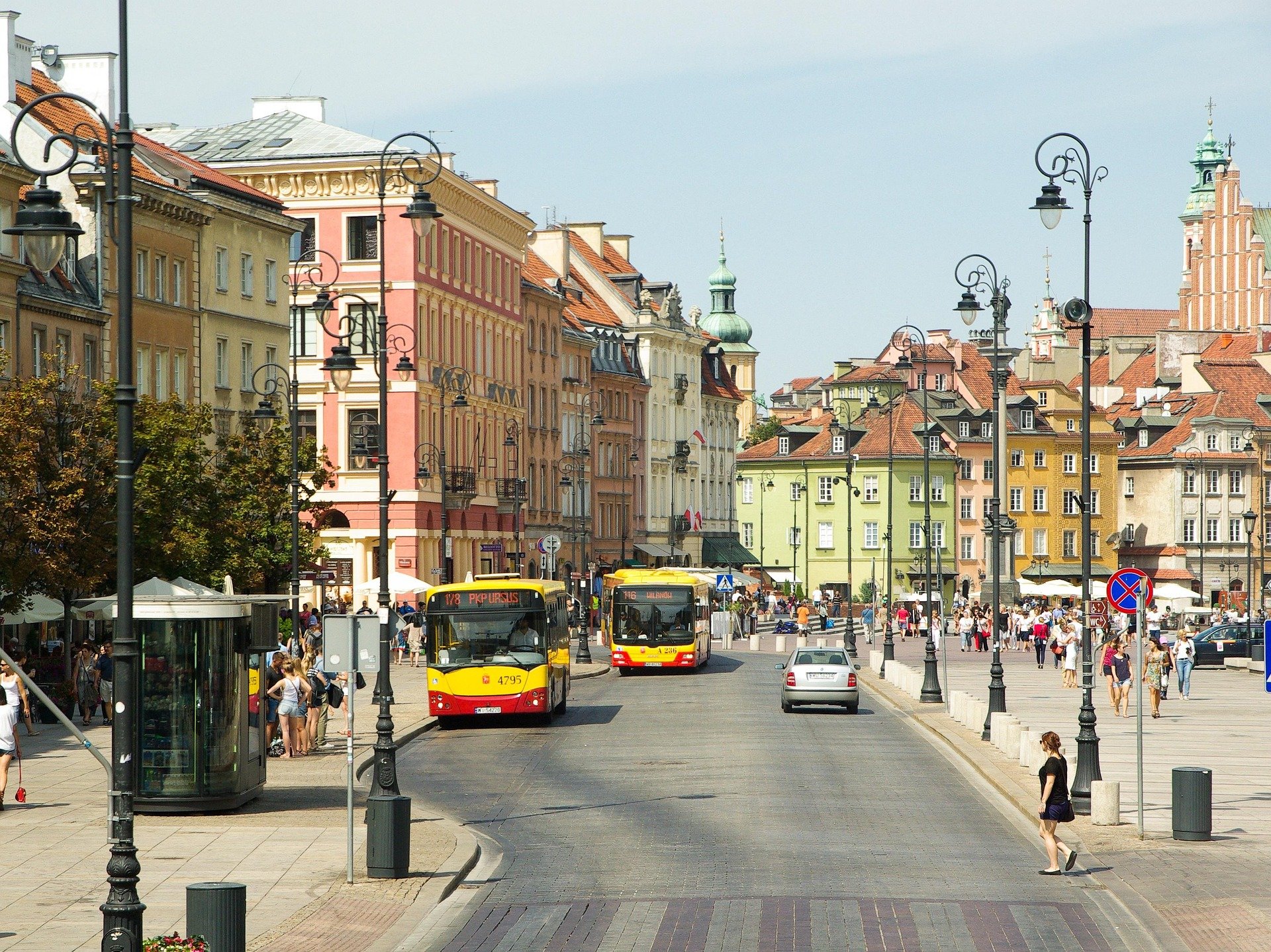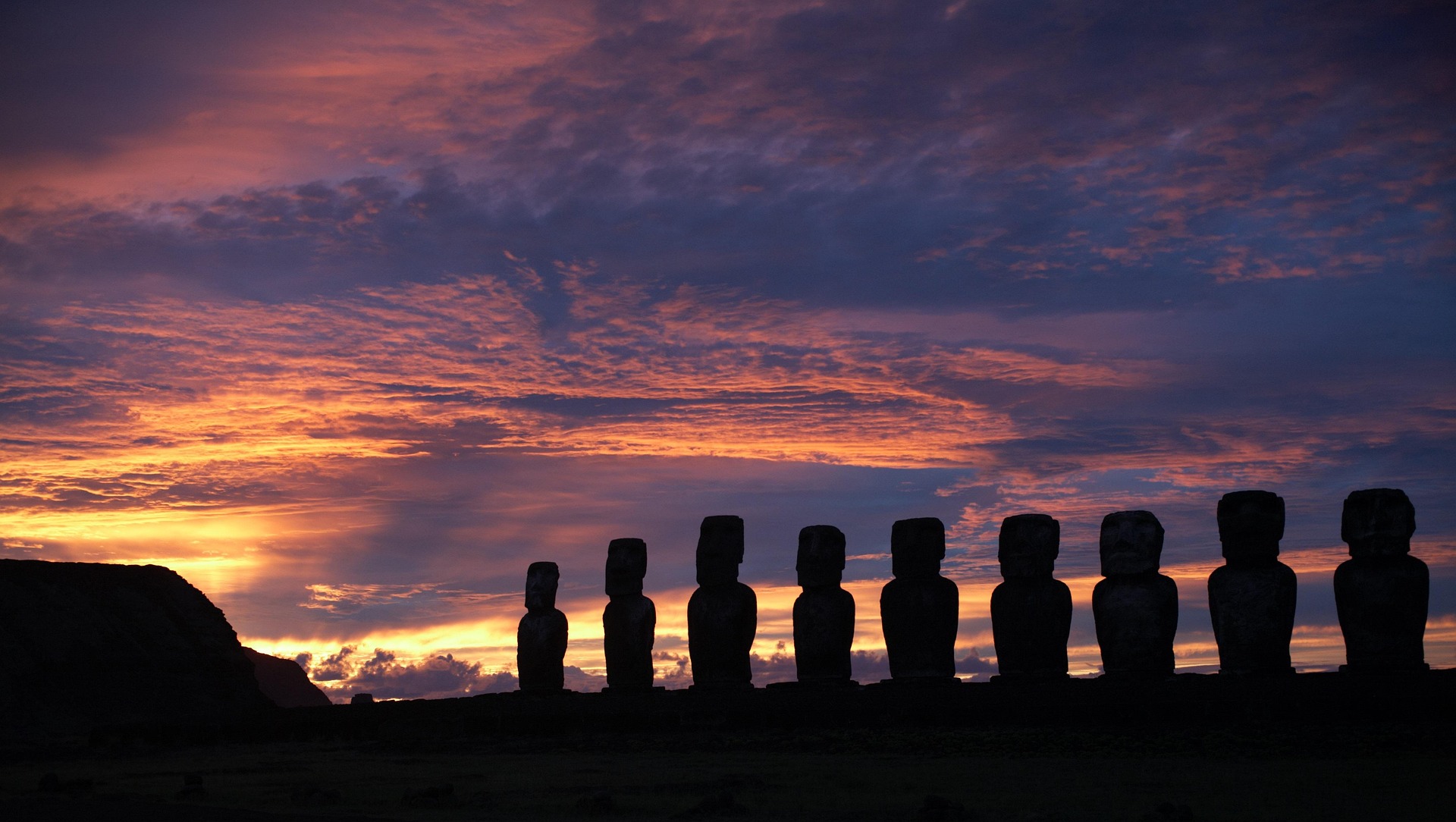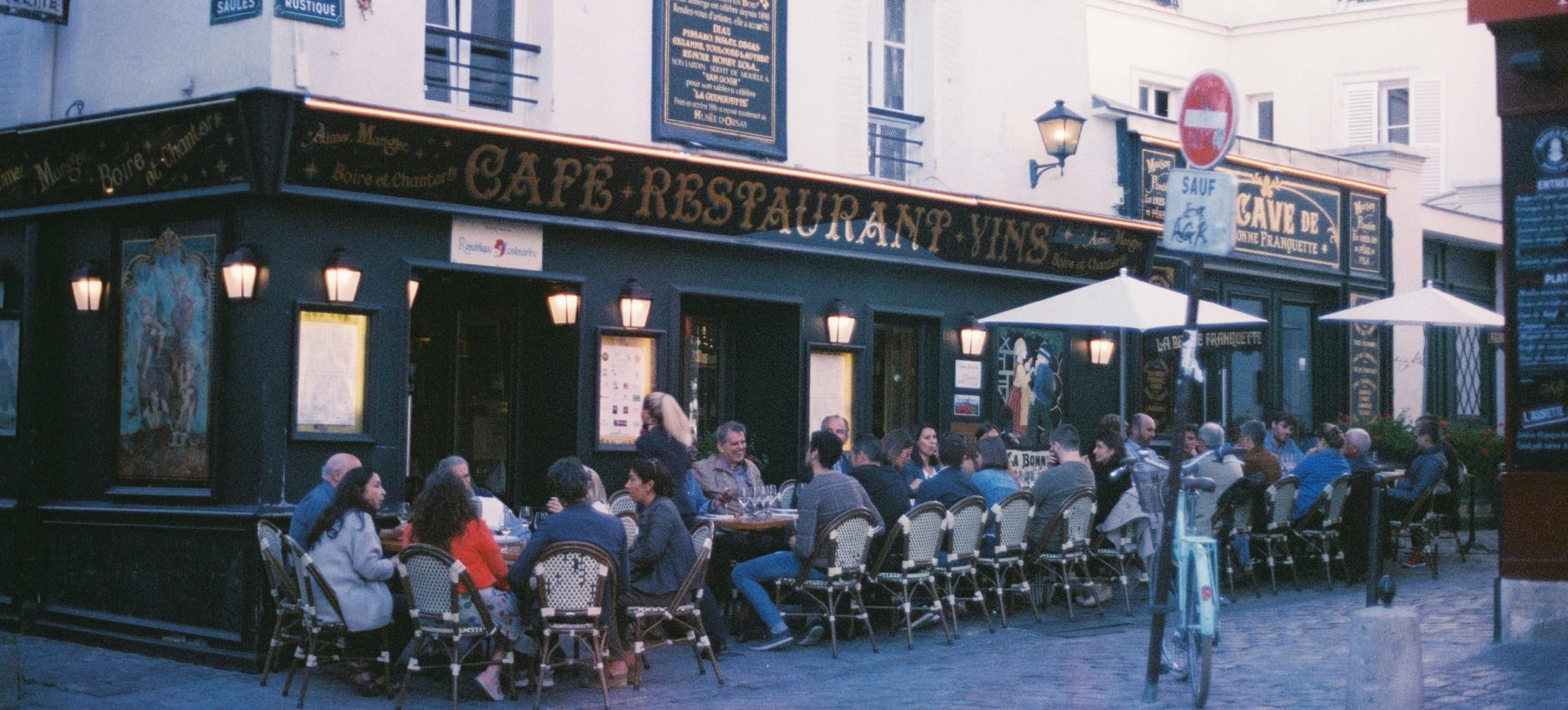Since the beginning of time, stargazing has been a universal pastime for humans. Ancient civilizations used stars as a way to tell time, map a location and predict the future. Today, we still look at the skies on our travels, whether it’s gazing at the stars while camping or planning a trip to see the Northern Lights.
“We’re fascinated by the vastness, the unknown and the fact that what you see probably never ends,” said Chris du Plooy, owner of Chris du Plooy Safaris, a Global Rescue Safe Travel Partner.
But with big city lights taking over the landscape, you might only see 500 stars in an urban location. Travelers, wanting to see 15,000 or more stars in the sky, are heading out to the ends of the earth for dark skies. And the best stargazing spots are remote locations with few (if any) obstacles — air or light pollution — to hinder the quality of its dark night skies.
Dark Sky Parks
Brian Hamilton, founder of Skyblue Overland, notes our national parks have some great stargazing spots.
“The Black Canyon of the Gunnison National Park is probably Colorado’s least visited park, but has some of the best stargazing,” the Global Rescue Safe Travel Partner said. “I was there a few weeks ago and can testify that it is very dark there. Compared to the city lights in Denver, the number of stars that are out at night is incredible. On a clear night, you just want to sit by your campfire and look up into the sky. I need to get back there with my telescope.”
In fact, Black Canyon of the Gunnison National Park was certified as an International Dark Sky Park by the International Dark-Sky Association (IDA). IDA, founded in 1988, recognizes public parks, reserves and places across the world with the least amount of light pollution.
Many national parks are designated dark sky national parks, including Chaco Culture National Historical Park in New Mexico. According to the National Park Service, Chaco was one of the first four national parks designated as a dark sky national park and “has long been considered by many night sky enthusiasts to be one of the best places in America to stargaze. Today, amidst this ancient landscape, visitors can experience the same dark sky that the Chacoans observed a thousand years ago.”
More Astrotourism Locations
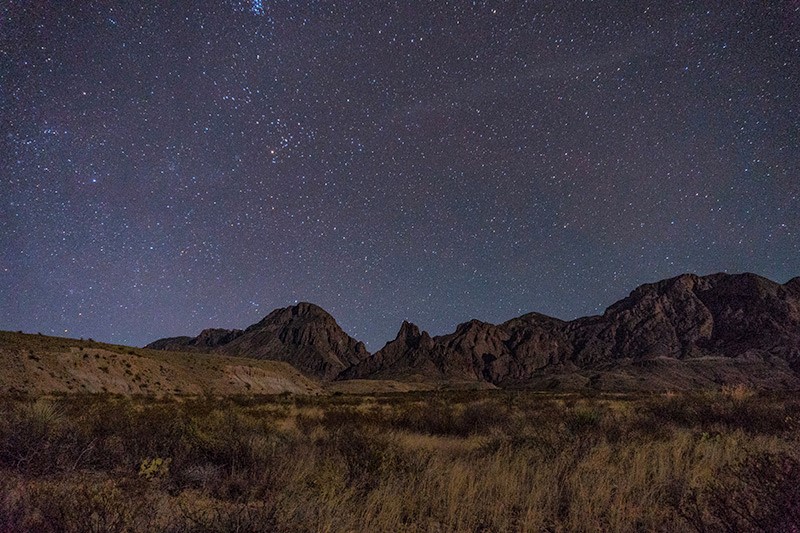
Dark sky reserves, although much larger, are harder to find. According to Condé Nast Traveler, “reserves have to clock in at roughly 173,000 acres or larger and, in addition to providing exceptionally starry skies, must be a protected area that consists of a core and a surrounding buffer zone that supports the core’s dark skies. Finally, the application requires robust community support for the effort.”
Big Bend National Park may soon be the largest International Dark Sky Reserve in the world. With more than 9.8 million acres spanning West Texas and Northern Mexico, the reserve would be nearly as large as the current 18 International Dark Sky Reserves combined.
Namibiaʼs NamibRand Nature Reserve, one of Africaʼs largest private nature reserves, was established to help protect and conserve the unique ecology and wildlife of the southwest Namib Desert, and its mission now includes preservation of the area’s starry night skies.
“Stargazing is a big part of our safaris and usually under African skies in the night time you will see a beautiful blanket of stars,” du Plooy said. “With 90% of our safaris we are out in the bushveld, mountains, desert or savannah and, with the absence of civilization and human generated light, the sky comes alive.”
With nocturnal ecosystems affected negatively by artificial light, conservation is fragile at dark sky sanctuaries. Usually you can’t visit these remote locations, but you can visit one in the outback of Queensland, Australia — the Australian Age of Dinosaurs in Winton. Known for its museum with the largest collection of dinosaur fossils in the world, the town of Winton started taking night quality measurements in 2016 and was successfully accredited in 2019 for its exceptional clear dark sky. It is Australia’s first international certification for a Dark Sky Sanctuary.
Observatories, on the other hand, are set up for visitors. In Hawaii, Maunakea, home to the world’s largest optical telescope, has a visitor information station open until 10 p.m. If you’re up for making the two-hour drive to the 13,796-foot summit, you’ll be treated to impressive high-altitude, and somewhat windy, sunrises and sunsets. Make your way back down and you’ll get a chance to stargaze through 11-, 14- and 16-inch telescopes.
du Plooy recommends visiting Sutherland, the coldest place in South Africa due to its high elevation.
If you ever come on a safari to Africa, try to include Sutherland. Sutherland’s arid climate and remote location — 1,450 meters (4,760 feet) above sea level — make its night skies among the world’s clearest and darkest,” he said. “The telescopes of the South African Astronomical Observatory are nearby, including the Southern African Large Telescope (SALT), the largest single optical telescope in the southern hemisphere.”
Bring Global Rescue with You

Of course, you could stay at a resort that offers astronomy opportunities, but to really get the experience, like our ancestors, you have to go remote. Kevin Palmer, photographer and founder of Dark Site Finder, says “you should plan to spend the whole day driving. For example if you want to see the core of the Milky Way galaxy, look for a place that is dark to the south with no major cities in that direction.”
These out-of-the-way, off-the-beaten-path astrotourism locations offer clear, dark skies for stargazing, but not so much in the way of accessible transportation and convenient health care facilities. That’s why you should pack a Global Rescue travel protection services membership for any dark sky travel plans. If you are ill or injured and unable to get to safety on your own, you can count on Global Rescue to provide the necessary medical advisory and evacuation services any stargazer might need.

